Search
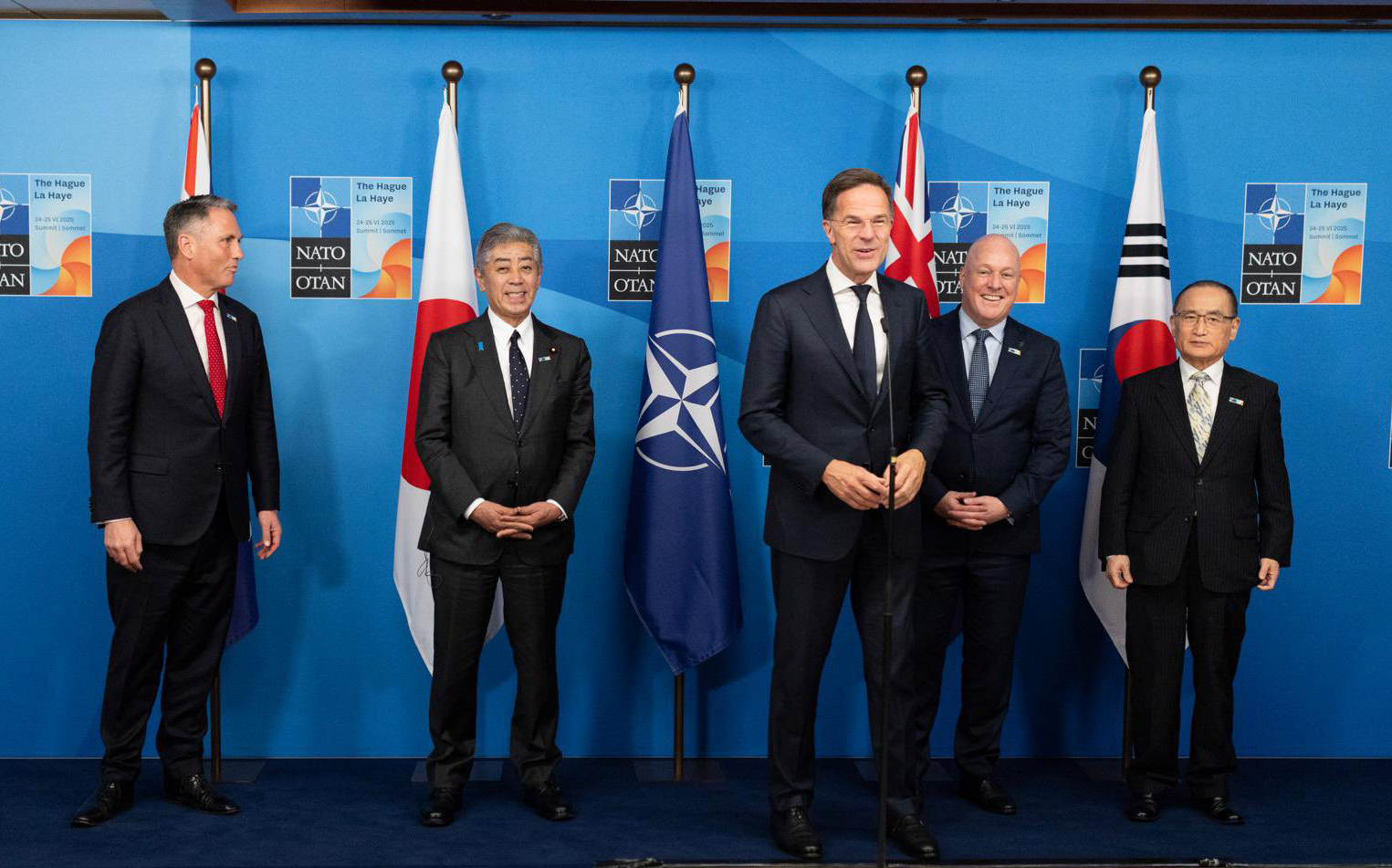
Ghulam Ali, PhD, Monash University, Australia
Aug 08 , 2025
In the post-World War II period, the US maintained nearly uncontested supremacy over the vast Asia-Pacific region. Under the San Francisco System, or the ‘Hub and Spokes’ architecture, the US established military alliances, provided economic assistance, and proactively engaged with the region. The strategic foundation of US policy relied on both bilateral and multilateral defense agreements, such as those with Japan (1951), South Korea (1953), the Philippines (1951), Australia, New Zealand (collectively known as ANZUS, 1951), and Thailand (1954).
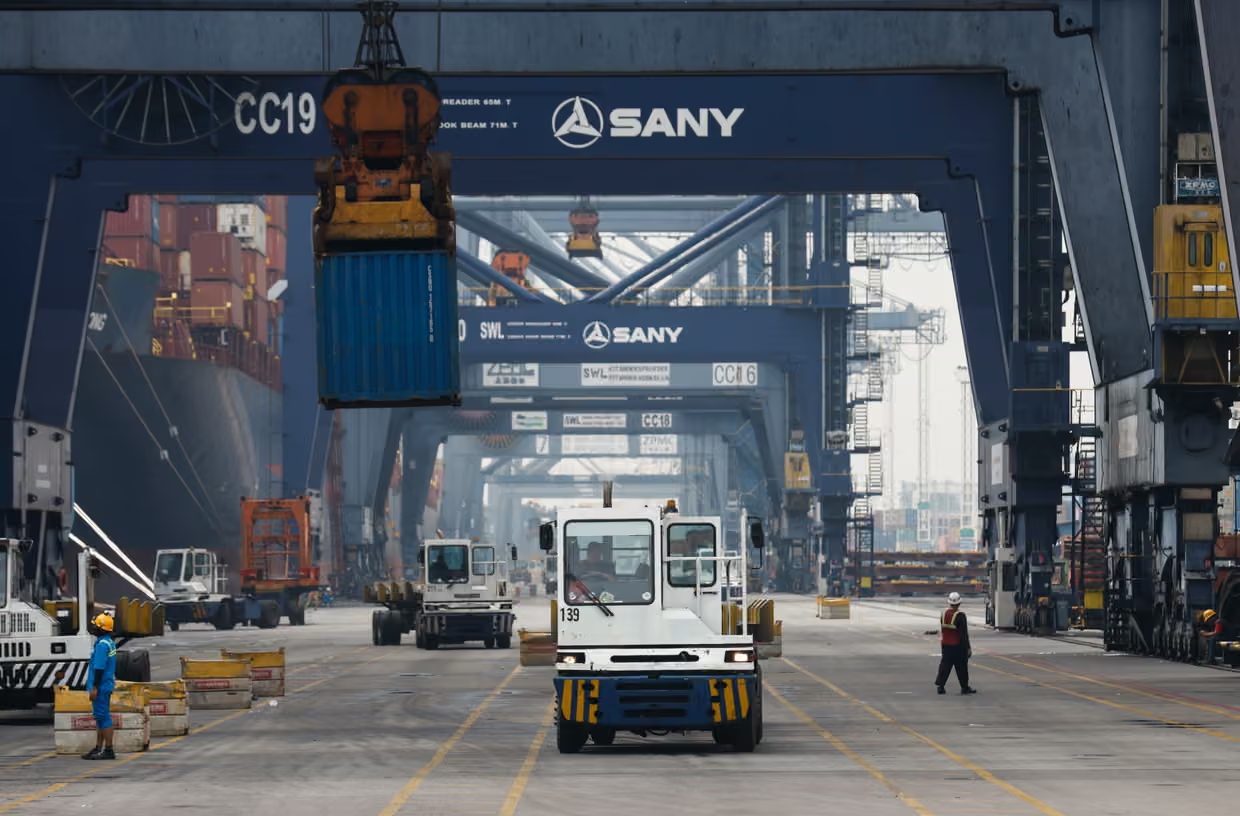
Lili Yan Ing, Secretary General of the International Economic Association, Lead Adviser at Economic Research Institute for ASEAN and East Asia
Jul 28 , 2025
Be careful what you wish for, lest it come true. That ancient proverb comes to mind when considering the eagerness of America’s trade partners around the world to negotiate deals with US President Donald Trump’s administration. Four countries already have, with Indonesia the latest to do so – and possibly the first to regret it.
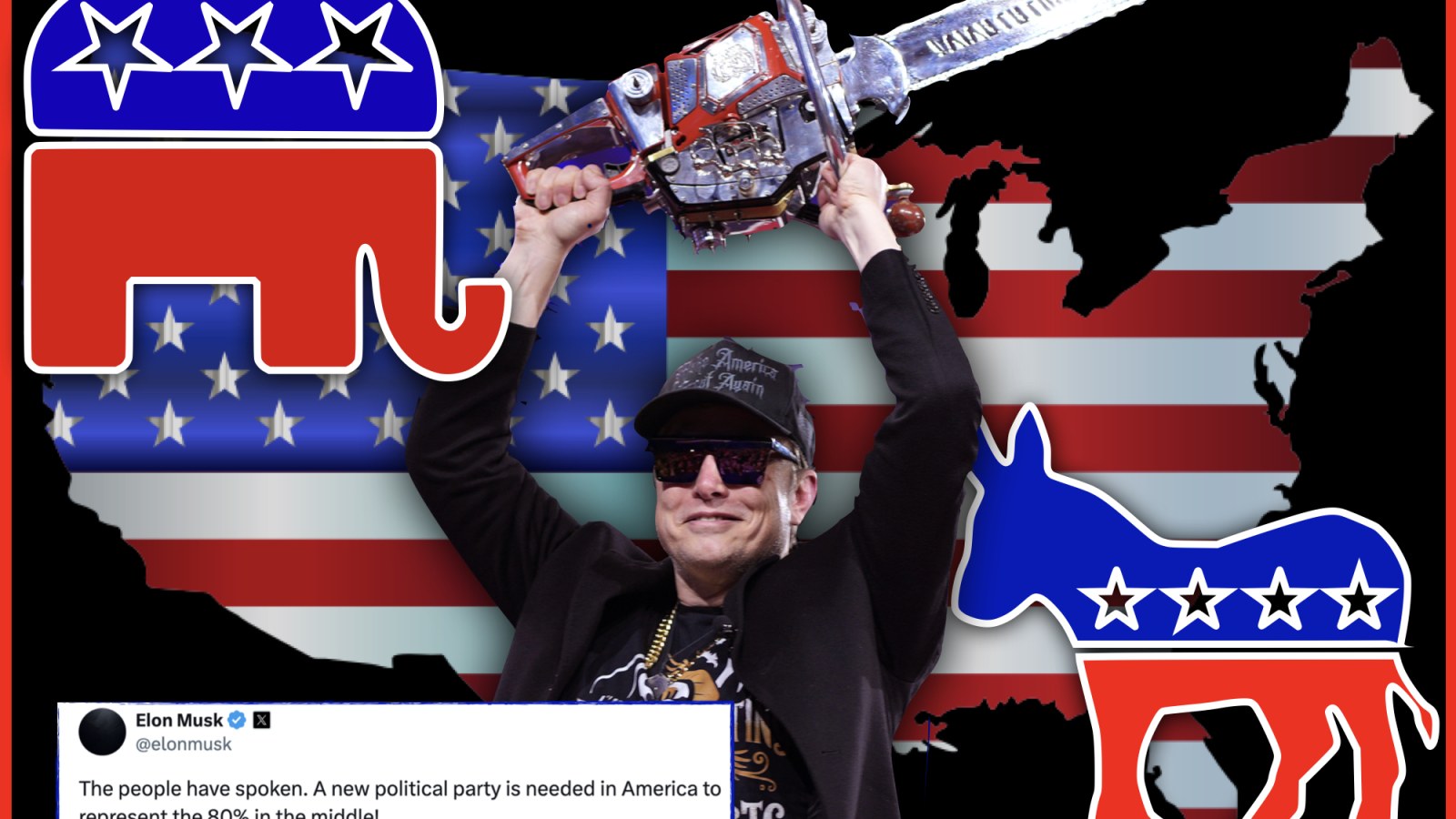
Mallie Prytherch, Researcher at Centre on Contemporary China and the World, University of Hong Kong
Jul 11 , 2025
After a public split with Donald Trump over the “Big Beautiful Bill,” Elon Musk launched the America Party in an effort to challenge the U.S. two-party system. While his shifting stance on China adds strategic ambiguity, the party serves as a stress test for American democracy in an era of polarization and gridlock.
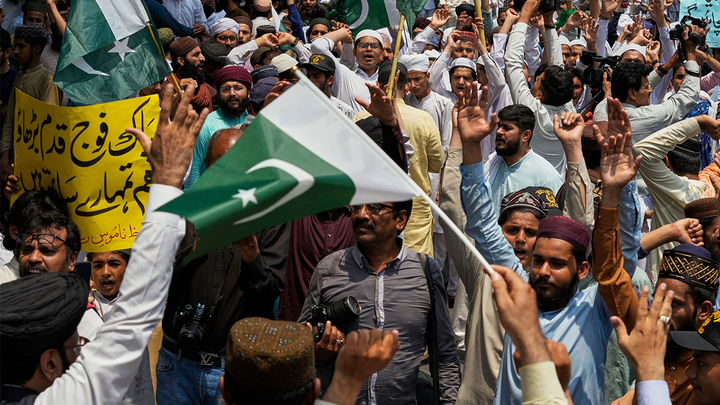
Adnan Aamir, Journalist and Researcher, Islamabad, Pakistan
Jul 04 , 2025
The May conflict between India and Pakistan brought Chinese weaponry, particularly the J-10C fighter jet, into the global spotlight, as Pakistan used Chinese arms to shoot down Indian aircraft in a rare, real-world test of their battlefield effectiveness. This unexpected validation has boosted Chinese arms sales, strengthened China's defense ties with countries like Pakistan and Indonesia, and expanded Beijing’s geopolitical influence in South Asia at the expense of declining Western engagement.
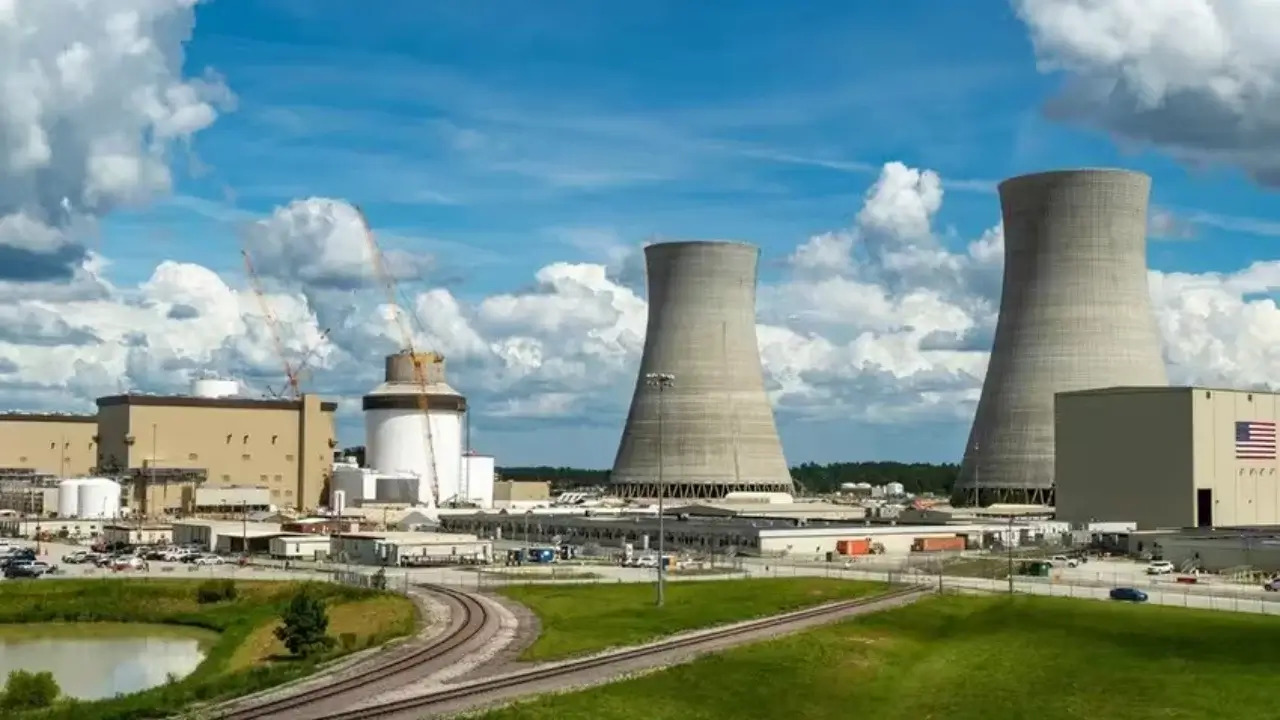
Fan Gaoyue, Guest Professor at Sichuan University, Former Chief Specialist at PLA Academy of Military Science
Jun 17 , 2025
America sees itself as a global leader. So one might hope that it would take the lead in ratifying the Comprehensive Test Ban Treaty ending nuclear testing and promise “no first use” of nuclear weapons in armed conflicts. But Trump does not seem to headed in that direction.
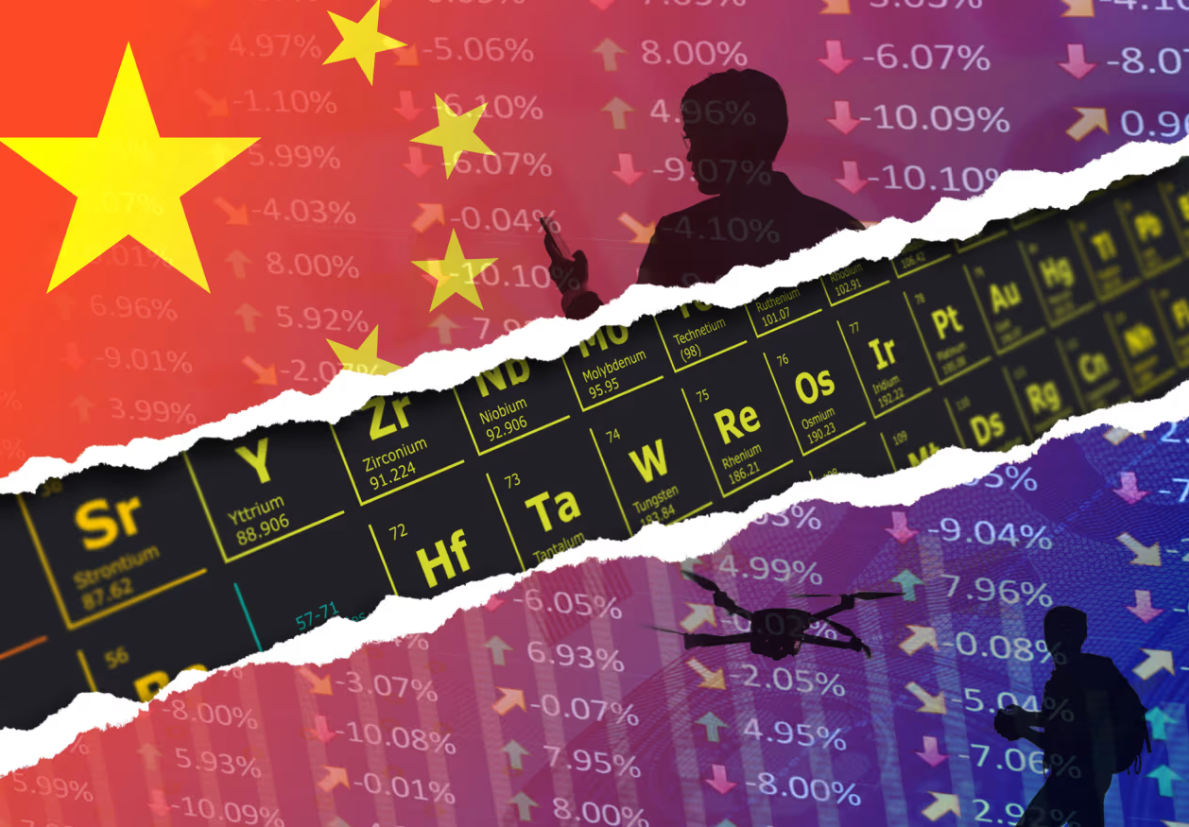
Christopher A. McNally, Professor of Political Economy, Chaminade University
Jun 05 , 2025
America’s tariff agenda has taken global trade hostage to begin this year. While the strongman tactics employed by Trump’s administration are netting favorable results in some ways, China has been able to hold out from the pressure, showing flaws in America’s plan.
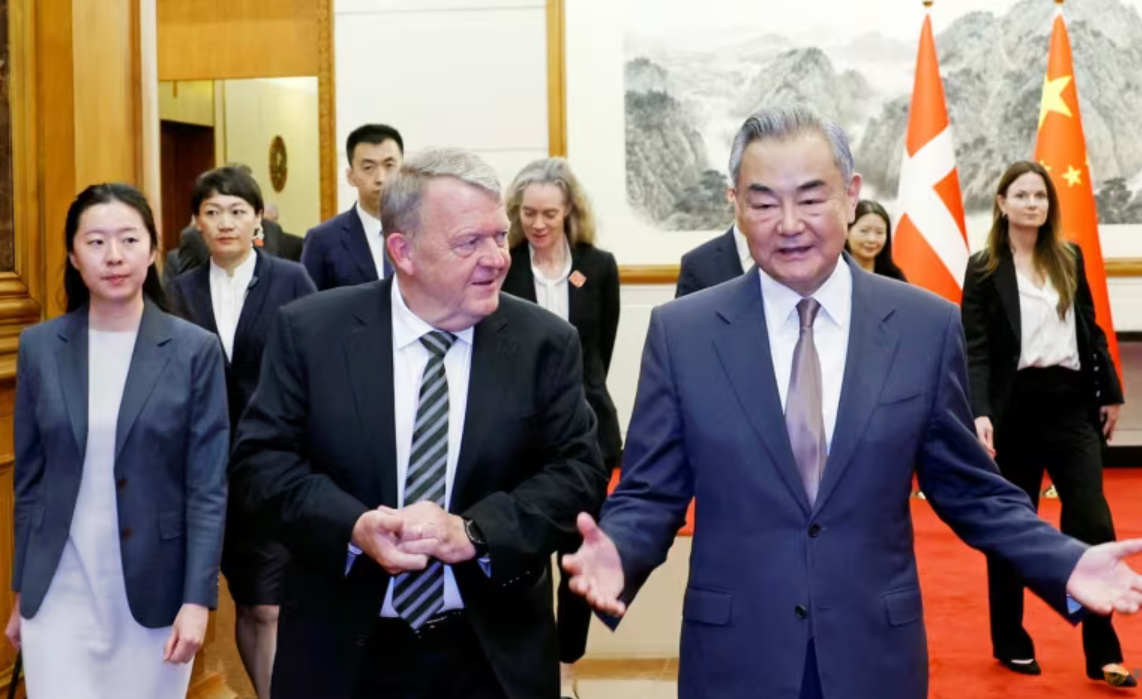
Sebastian Contin Trillo-Figueroa, Geopolitics Analyst in EU-Asia Relations and AsiaGlobal Fellow, The University of Hong Kong
Franz Jessen, Former EU Ambassador to the Philippines and Vietnam; EU Deputy Head (Beijing); Economist and Diplomat in EU-Asia Relations
Jun 05 , 2025
By drawing a parallel between U.S. interest in Greenland and its stance on Taiwan, China has mounted a carefully calibrated rhetorical response that highlights perceived inconsistencies in American positions on sovereignty, positions itself as a defender of international norms, and gently tests the cohesion of Western alliances.
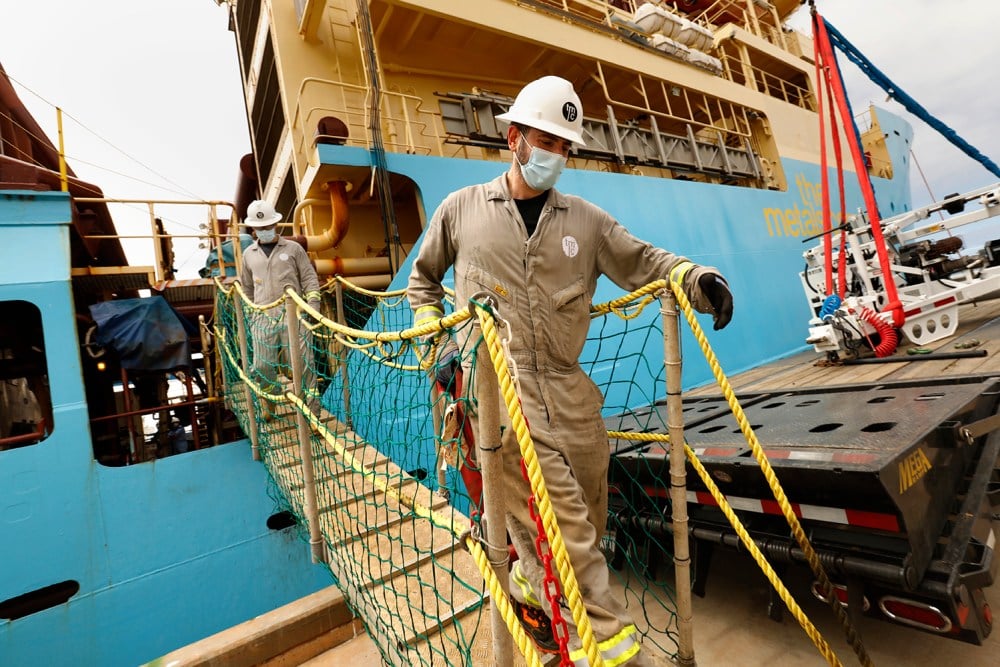
Nong Hong, Executive Director, Institute for China-America Studies; Senior Fellow, Beijing Club for International Dialogue
Jun 02 , 2025
The trajectory of deep-sea mining remains uncertain. The U.S. and China represent opposite ends of the governance spectrum — one unilateral and rapid, the other multilateral and cautious. Whether these paths will converge or remain in tension is unclear.

Warwick Powell, Adjunct Professor at Queensland University of Technology, Senior Fellow at Beijing Taihe Institute
May 30 , 2025
In the week of 25th May 2025, Kuala Lumpur played host to a landmark event: the inaugural ASEAN-GCC-China Summit. It brought together Southeast Asian nations, the Gulf states, and China - three pillars of the emerging multipolar order - in a signal moment of strategic realignment. While headlines may focus on trade, energy, and infrastructure cooperation, the deeper story lies in a quiet revolution in how the world’s fastest-growing economies trade, settle, and invest - increasingly without the U.S. dollar.
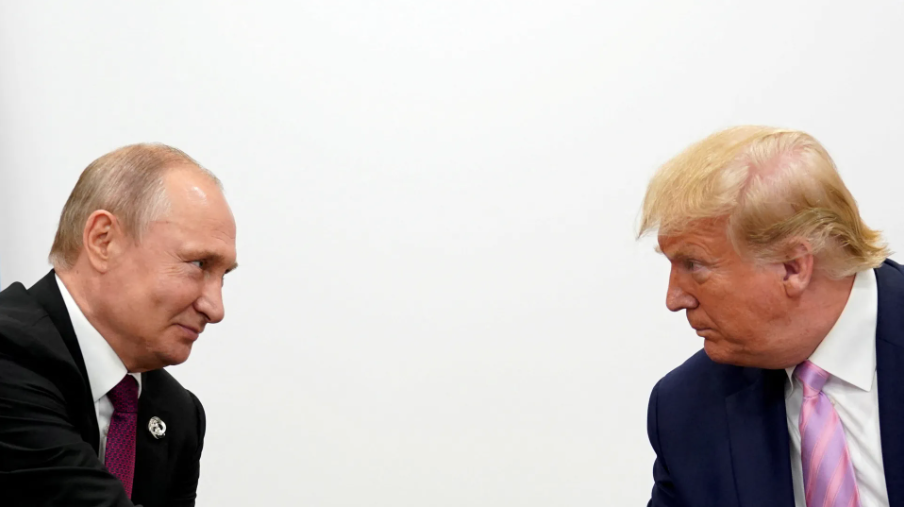
Xiao Bin, Deputy Secretary-general, Center for Shanghai Cooperation Organization Studies, Chinese Association of Social Sciences
Apr 03 , 2025
The U.S.-Russia contest over Ukraine shows both the persistence of classic power politics and the clash of competing worldviews at a time when the international system is undergoing a seismic process of reordering. The Ukraine war and its potential settlement are upending traditional major-power dynamics.